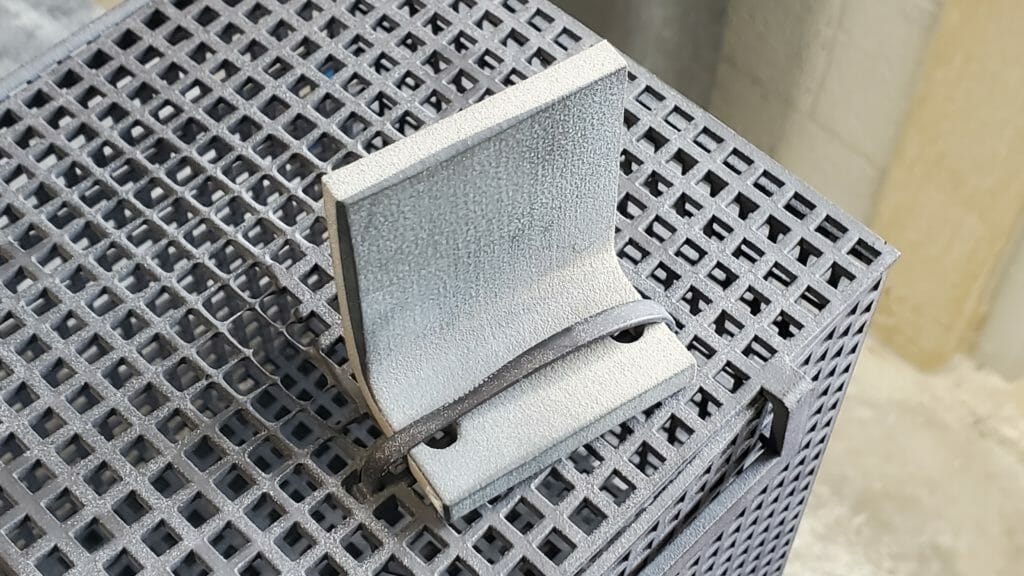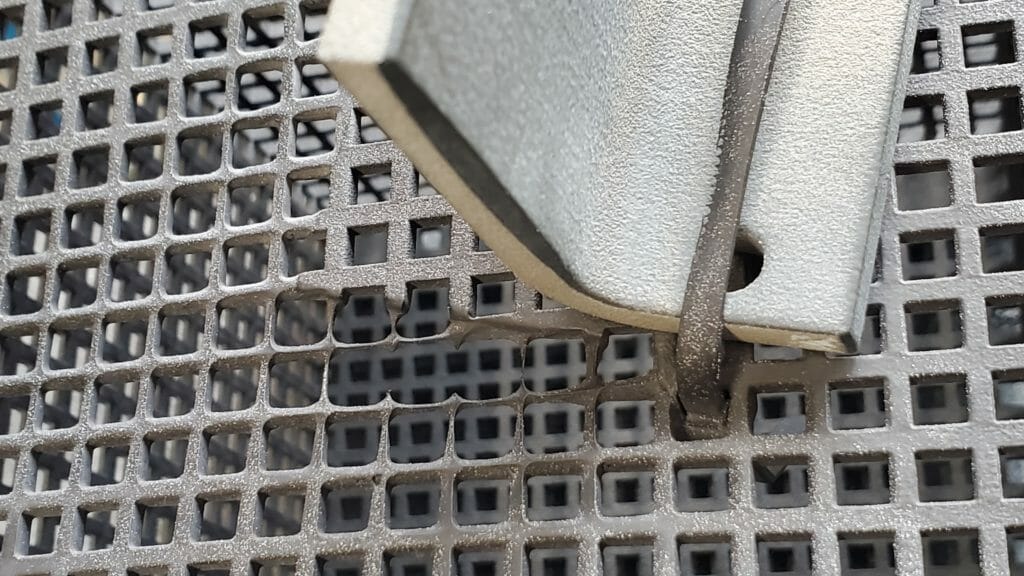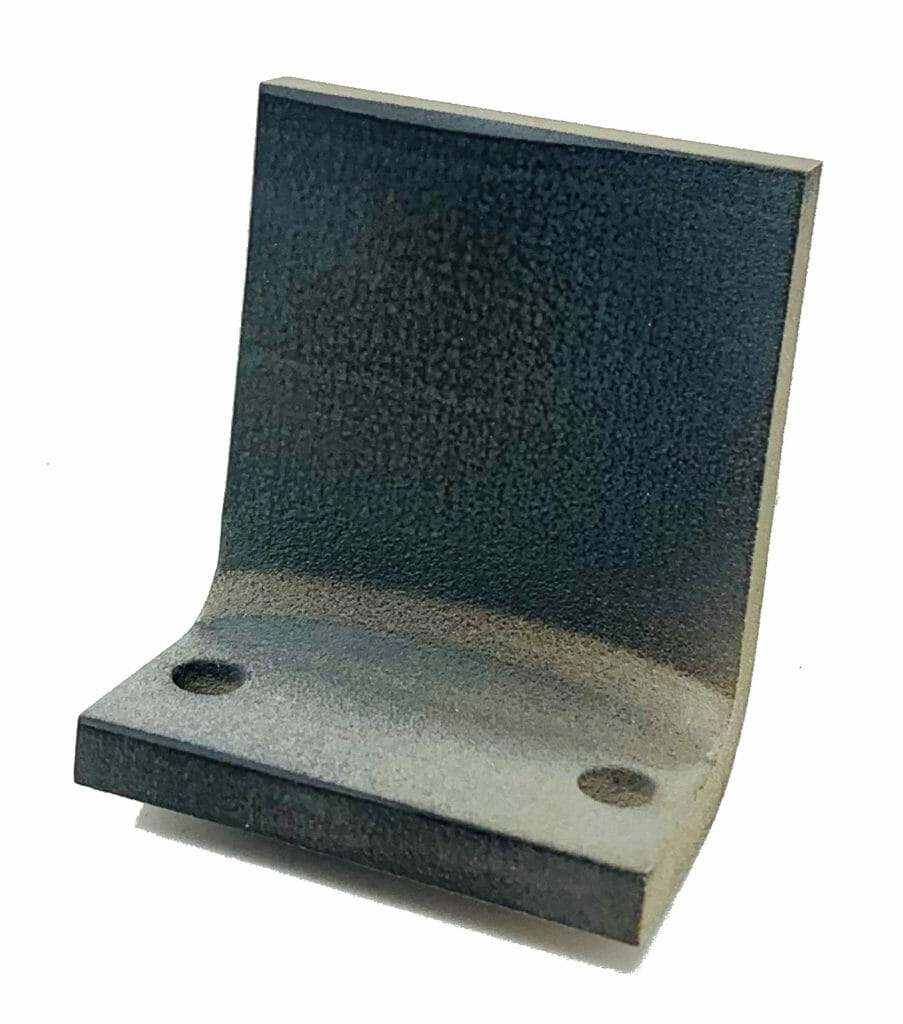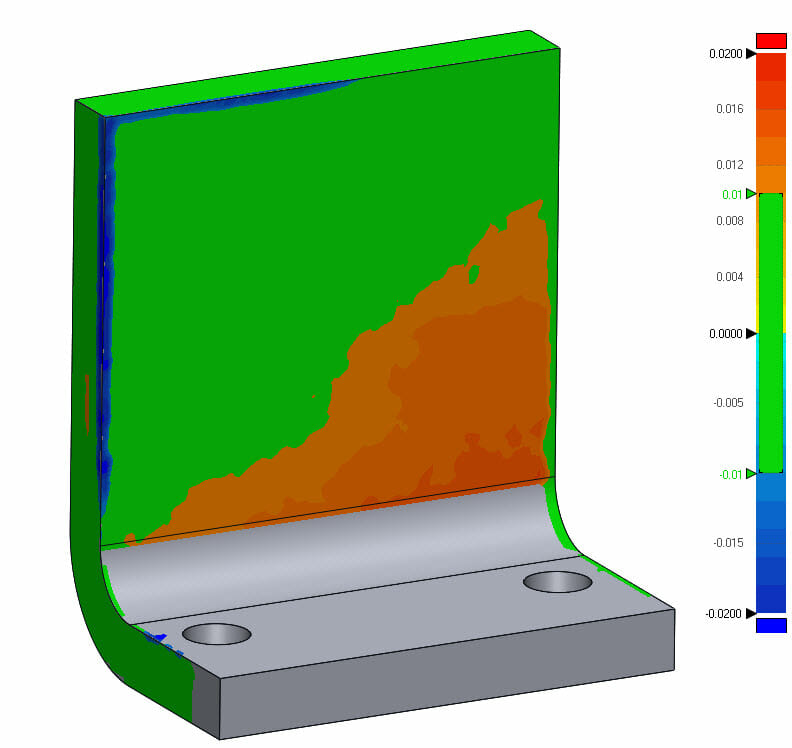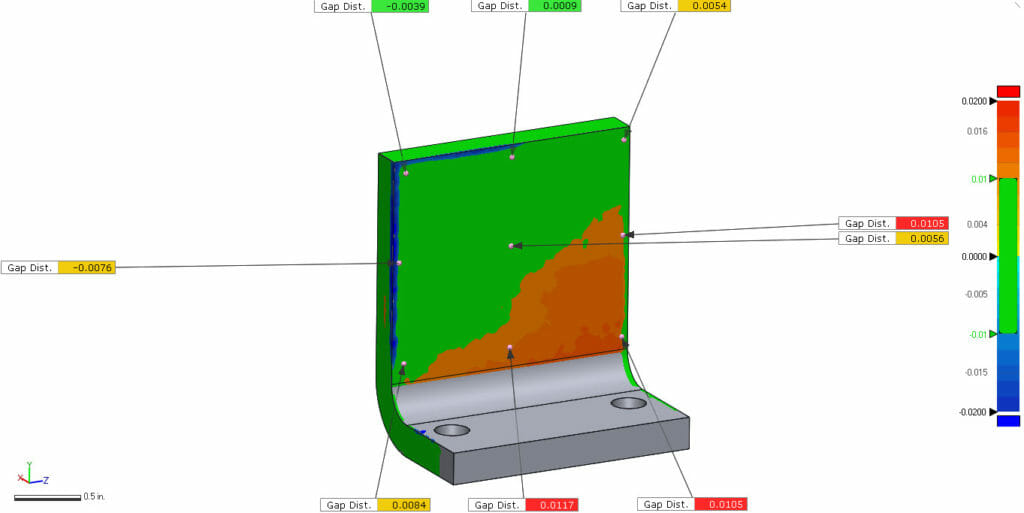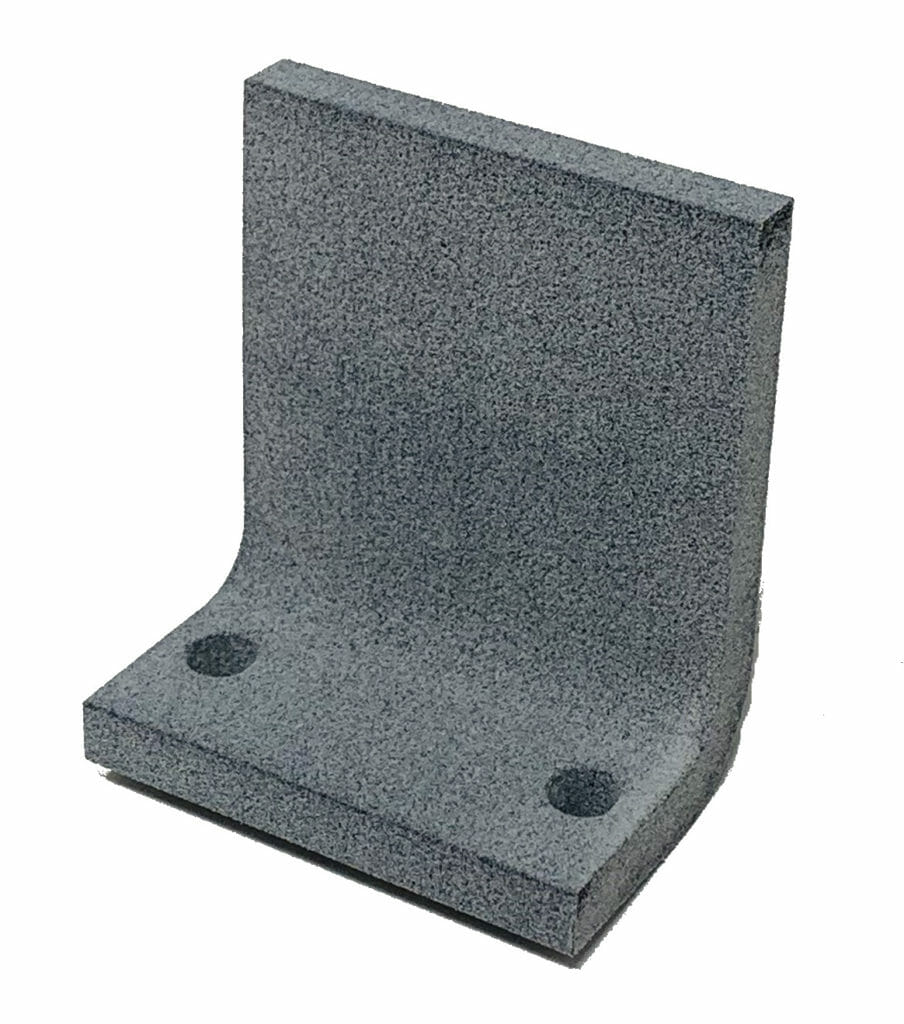
Abrasive blasting, more commonly known as sandblasting is the operation of forcibly propelling a stream of abrasive material against a surface under high pressure to smooth a rough surface, roughen a smooth surface, shape a surface or remove surface contaminants. A pressurized fluid, typically compressed air, or a centrifugal wheel is used to propel the blasting material (often called the media). When used in industry it is common to need a durable mask that can shield certain sensitive areas of the part from the over spray of the sandblasting process. This allows for some areas of the part to have a sand blasted finish while others are left untouched (potentially with a machined or polished finish). This is where the idea of using a 3D Printed Sandblasting Mask comes into play.
Compression molded rubber is commonly used to produce these sandblasting masks, but the drawback of that process is that tooling needs to be built in order to produce those parts. This makes this masking process costly, time consuming, and not conducive to low volumes or parts with complex geometries.
Forerunner 3D Printing was approached by one of our aerospace clients who routinely needs to have parts masked for a portion of their production process. They asked us if a 3D printed part mask could be viable for a low volume program they were about to undertake. F3DP set out to test if the Lubrizol Estane 3D TPU M95A rubber material that is printable on its HP MJF 3d printer could hold up to the rigors of this extremely aggressive environment.
To start, a test part was 3D printed out of the TPU Rubber material available for the MJF machine. This part was ment to represent a very basic 3D Printed Sandblasting Mask so that both the wear resistance of the material along with its ability to structurally stand up on its own to the stream of high pressure air that is carrying the blasting media:
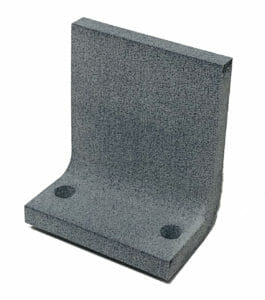
The F3DP abrasive blasting cabinet was set up to mimic the aerospace customers abrasive blasting environment (80 grit glass media, 100PSI air pressure, part located 6″ from blasting nozzle). The TPU rubber 3D printed sandblasting mask was then blasted continuously for 10 hours. This was deemed to be a long enough time by the customer to determine if the material would be suitable for there application.
The following video shows an initial 30 second test of the set up prior to the much more intensive 10 hour run:
After the 10 hour test was completed the TPU rubber 3D printed sandblasting mask was removed from the abrasive blasting cabinet for analysis. The following images show the results of the test including laser scan data to show areas of wear and also how the part permanently deformed when under the sustained load of the 100PSI blasting pressure:
The conclusion of this test was that the 3D Printed Sandblasting Mask did indeed meet the customers requirements for wear resistance and durability. This research has subsequently led to other F3DP customers in the medical device manufacturing industry to also adopt the use of 3D printed sandblasting masks due to the ability for them to design a mask that exactly meets the needs of there parts with out the large cost and long lead time of traditionally compression molded rubber masks.
